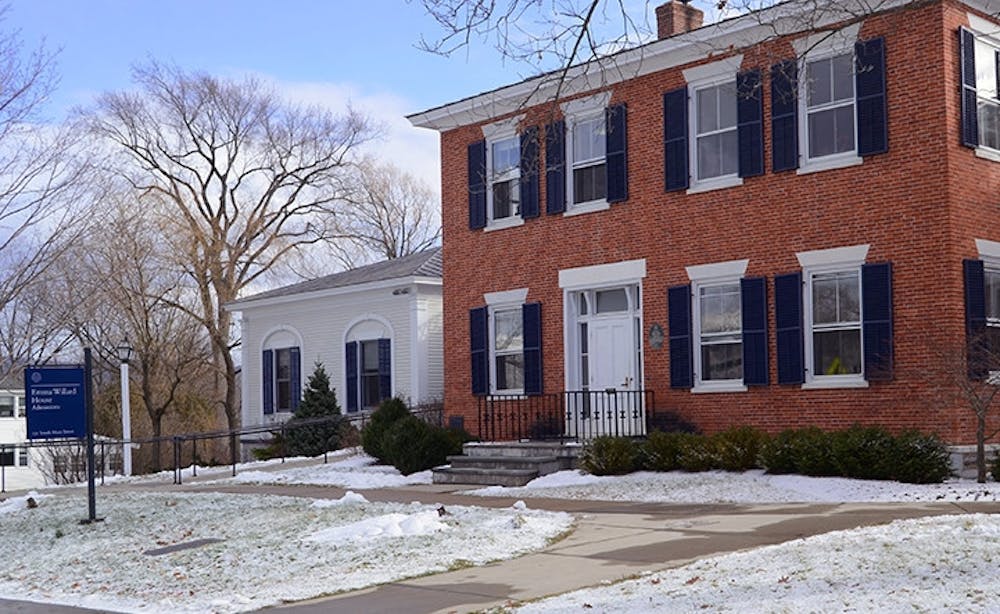The college admissions team released the first round of early decision acceptances on Dec. 9. Of the 650 applicants, 326 students were accepted, putting the admissions rate at just over 50 percent. Those students accepted early decision are bound to attend the college.
The average number of students accepted early decision tends to be a little over 300. This year’s number was lower than last year, when 343 students were accepted as part of the early decision one process.
In addition to the 326 acceptances, 39 applicants were deferred to the regular decision pool, and the remaining students were rejected. 300 of the accepted students will start in September, while the remaining 26 will begin in February.
The final size of the combined classes of 2022 and 2022.5 is expected to total around 715 students. The 326 already accepted students make up about 45 percent of that total. Feb classes generally total around 100 people, which means that only about 25 percent of the class of 2022.5 has been admitted.
Twenty-three percent of the admitted class consists of students of color, and 11 percent are the first person in their family to go to college. Diversity is down from the 28 percent of last years class that consisted of students of color.
The accepted students are from 32 states plus Washington, D.C., and 20 countries. 29 international students are among the 326. Other than the United States, the most common countries that students come from are Canada, China, and the Philippines. The best represented state is New York, followed by Massachusetts, California, Connecticut, Illinois and Vermont.
30 of the admitted students were a part of the Posse Foundation, an organization that helps public school students who display academic and leadership potential to access elite schools that might otherwise overlook them. The admitted students are part of three 10 person teams from Los Angeles, New York and Chicago.
The early decision process has been criticized in the past for favoring wealthy applicants who do not have to be concerned with financial aid packages. The binding nature of early decision applications means that students do not have the opportunity to compare financial aid packages from different schools.
This criticism led to some schools, including Harvard, Yale, Princeton and Stanford to replace early decision with single-choice early action. This system allows students to apply to one school in the early admission process without being bound to that school.
The ED2 decisions will come out in February, before the final round of admissions decisions are released in April.




